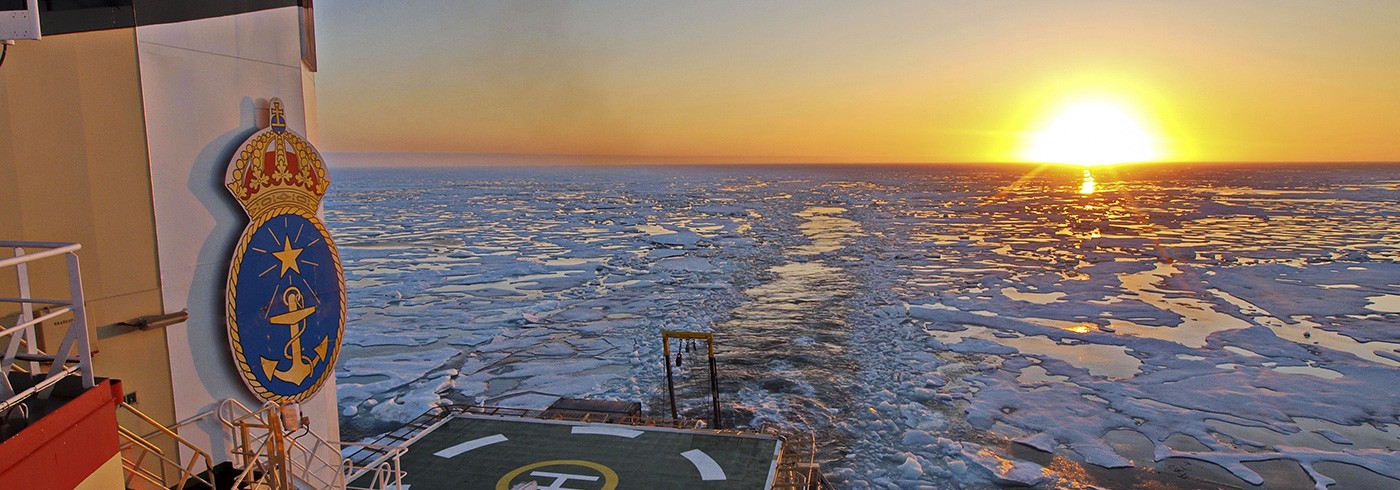Sampling at the first oceanographic station of SWERUS-C3 completed! After nine days at sea and wrestling our way through the ice, we finally reached our first station on 15 July. The station was located in the southeast Nansen Basin at 79N/125E and was 3100m deep. The Captain elegantly parked the icebreaker in the ice so that sampling could be performed both from the bow and from the aft. Over the front nose, our CTD (conductivity-temperature-depth sensor that measures conductivity, temperature and pressure) with a 24-bottle rosette of Niskin bottles (devices for sampling water) was deployed and the first seawater samples, which will be used for some twenty different analyses, were recovered.
Methane concentrations at the bottom layers were normal (4 nM), as expected for this inactive deep sea region. We also successfully cast our Oktopus multicorer, where eight tubes of sediments were collected from the deep sea for various analyses, such as recreating the 1000-year scale of carbon export across the shelf edge to the deep sea – a valuable window into the long-term functioning of the carbon cycle in this region.
It is good for all that these major research activities are now underway. Work continued through the night of 15 July and early this morning at station 2. We are now doing a transect of stations at eight different depths (from 3100 to 50m!) in the deep sea continental rise, up a canyon on the continental slope to finally “land” up on the outer Laptev shelf. This will take a total of 50h. After the high-intensity work to explore methane bubble emissions in the world’s largest yet shallowest continental shelf sea will begin.





